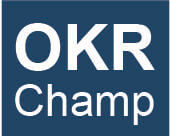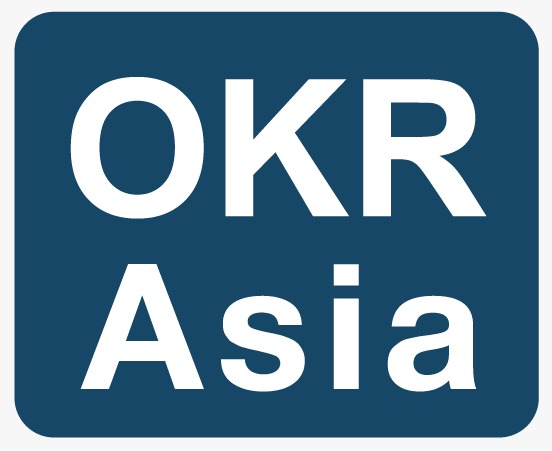Understanding the OKR Cycle
Understanding the OKR Cycle
Time acts as a crucial element in the goal-setting process. The process involves deciding on realistic yet challenging timelines that will form a part of successful goal setting.
Moreover, time also plays an important role when it comes to the execution of goals. It is not suggested to decide on a date for goal achievement directly. A team is suggested to plan out phases of achieving a particular goal, in addition to considering intervals to monitor and optimize performance.
What is the OKR cycle?
The OKR cycle represents the concept of time in the context of Objectives and Key Results (OKRs). It is the process by which OKRs are set, conveyed, implemented, evaluated, and optimized. An OKR cycle includes the following steps:
- OKR rollout preparations for the pre-quarter
- OKR development, communication, and alignment at the beginning of the quarter
- Reviewing, monitoring, confidence assessments, adjustments, optimization throughout the quarter
- A review of OKRs, learnings, and preparing for the coming quarter.
It is commonly understood that an OKR cycle runs in quarters, however, there are other options as well. For instance, some companies may opt for six-week cycles or something more suited to their needs.
How to choose an OKR cycle?
It is common for organizations to use a dual cadence strategy to maximize the benefits of both quarterly and annual OKR cycles.
As you may imagine, quarterly OKR cycles are created at the beginning of each business quarter, but they can also be used to break down a bigger goal into smaller measurable milestones, such as fundraising or hiring efforts. The quarterly OKR cycle can also be used in conjunction with an annual cycle to break down a bigger goal into smaller ones. Additionally, quarterly OKRs offer the following benefits:
- Having a shorter commitment period gives a team more flexibility
- Specific time schedules enhance the team’s efficiency and creativity
- Faster feedback loops to expedite the learning process
- Reduced opportunities for “set it and forget syndrome”
Unlike quarterly OKRs, four months, six months or annual cycles are also possible, but a minimum of 6 months is recommended to not fall into a long-term planning trap. For instance, it’s a common practice to build annual OKR cycles around growth objectives and later break them down into shorter cycles.
How to optimize your OKR Cycle?
In most companies, OKRs fail to achieve their full potential because each phase consists of several variables that need optimizing.
Consider taking help of consultants to create an OKR roll out plan that is tailored to your organization to help you understand the nuances of the cycle. The use of OKR software can also be helpful for organizations operating in larger, more complex environments where data needs to be leveraged to improve decision-making and execution.
Conclusion
The OKR cycle ensures that the process of goal setting and realization of KPIs remains seamless. If the process is bypassed, the management might require a lot of effort to plan properly, optimize on an ongoing basis, and create the performance-enhancing pressure that deadlines create.








